1. Areca Palm Tree
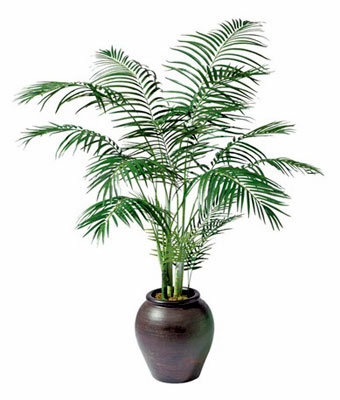
The Areca palm tree is the very
best air purifying plant according to the ratings from
NASA’s research and has the 8th highest removal
rate for Formaldehyde according to Dr Wolverton’s data.
This house plant was referred to
as “the most effective air humidifier” by
MetaEfficient.com. The
Areca has the ability to maintain your office or home moist
throughout dry periods as well as continually removing
chemical toxins from your air.
In the course of the winter
season, it’s so effective at putting moisture back in the
air that you could switch off your electric humidifiers!
2. Lady Palm
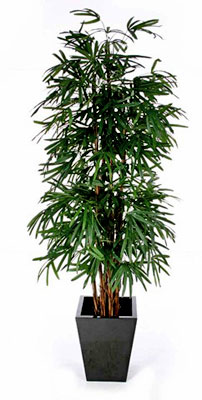
This house plant - Lady palm (or
Rhapis excelsa) achieved exactly the same rating as the
Areca Palm tree in NASA’s research.
This adaptable house plant, can
be stored in dry or moist parts of the world ( between
20-100° Fahrenheit) and is particularly resistant to the
majority sorts of plant insects.
The Lady Palm is not the most effective at removing
Formaldehyde so if this is a concern then I would suggest
you look at another plant.
Read more…
3. Bamboo Palm
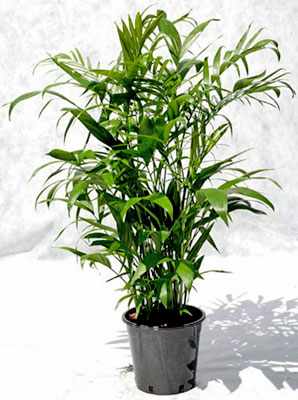
The bamboo palm was the third
most powerful plant at removing formaldehyde from the air.
It ranked third in the NASA experiment so is a good all
rounder at keeping your room air clean.
This house plant will grow best
in a moist but not wet soil and in direct sunlight. However
this palm will require lots of room to grow, so it might not
be the best option if want this plant to sit on your desk.
Read more…
4. Boston Fern
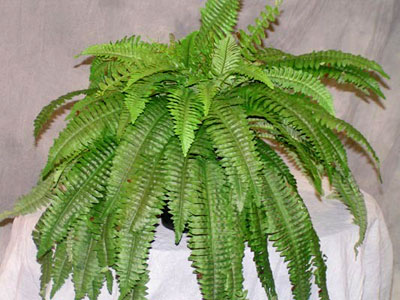
The Boston fern was the most
effective plant at removing Formaldehyde and removed
significantly more per hour than the rest of plants
examined.
Studies have also shown that the Boston fern will also
eliminate heavy metals, such as mercury and arsenic from the
soil.
Source
5. Rubber Plant
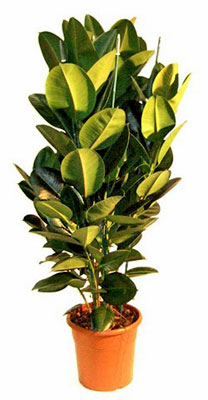
This rubber house plant (Ficus
robusta) has been mentioned as one of the leading Twenty
plants by Doctor. B.C. “Bill” Wolverton’s
“50
Houseplants That Purify Your Home Or Office.”
This rubber house plant provides
moisture, eliminates bio effluents, takes away volatile
organic compounds as well as suppresses air based
microorganisms as soon as it’s put into a room
As time passes this rubber plant will become much more
skilled at eliminating toxic compounds present in the air.
Bacteria within the rubber plants leaves break up the toxins
and also feast on them. The procedure subsequently emits
clean air in to the surrounding environment. Since the plant
grows, these microorganisms increase.
This increased number of bacteria assist the rubber house
plant in becoming progressively more effective at extracting
further toxic compounds from the air.
6. Janet Craig - Dracaena
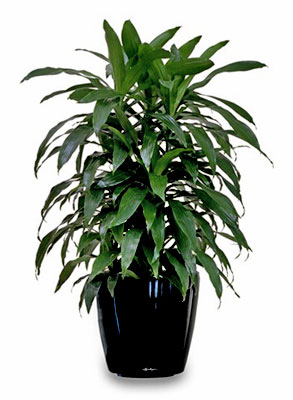
The Dracaena (or Dracaena
deremensis) places fifth on NASA’s ranking with a 7.8 score.
According to data it can remove
Formaldehyde, at a rate of
1,328 micrograms per hour. It also removes Xylene, at a rate
of 154 micrograms per hour according to
http://www.earthwitchery.com/pollution.html
Recommended Placement in Home:
These are especially
effective in newly carpeted or newly furnished rooms
were formaldehyde levels are at the highest.
Tips to keep this plant healthy:
-
Favours vibrant light,
although not direct sunlight.
-
Water completely through
early spring through the winter season and allow the
plant’s soil to dry out in between watering
7. English Ivy
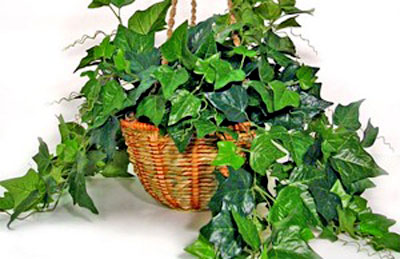
If your air flow in your
geographical area has got stagnant and dried out, English
ivy (also known as Hedera helix) may be just the solution!
WebMD.com talks about this
effervescent house plant as “a
solution for allergic reactions” observing that
sixty percent of air based mold within the space was removed
after just six hrs right after English ivy had been
introduced.
People that have allergies, asthma, or even the desire to
inhale cleaner, more fresh air might be wise to give this
English ivy plant a shot!
8. Date Palm Tree
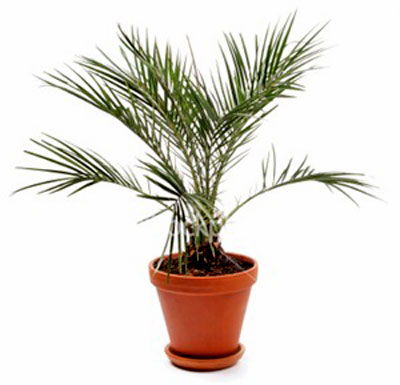
Although it does not position at
the top of the purifying scale when compared to it’s three
palm relatives, make no mistake:
this Date palm house plant
(also known as Phoenix roebelinii) remains an extremely
efficient and stylish looking method to both cheer up
the design of an area and reduce the content level of
volatile organic compounds floating all over the air.
The Date house plant is very
effective at getting rid of
formaldehyde thus works
great in combination with other purifier plants (has the
second highest removal rate after the fern plant.)
9. Ficus Alii
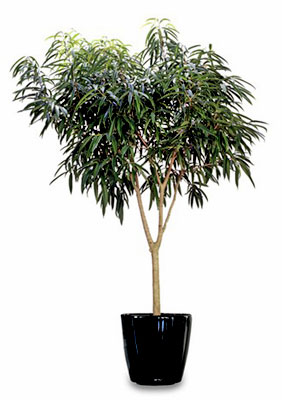
This ficus alii (also known as
the Ficus macleilandii) isn’t as strong in it’s
pollutant-removing effectiveness as, say, a rubber plant,
however it remains an excellent addition to any kind of
office or home wherever clear air is missing.
Although they aren’t terribly
difficult to look after,
PlantCareGuru.com alerts to
us that hand protection ought to be used whilst dealing with
the house plant for those who have latex allergic reactions.
10. Peace Lilly
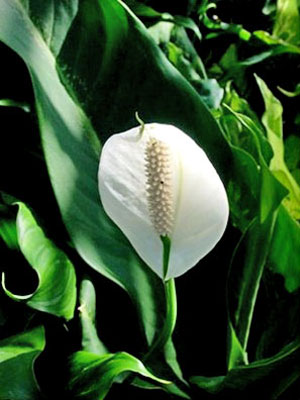
The Peace Lily (also known as
Spathiphyllum sp.) is a perfect air purifier plant for those
who don’t have green fingers. Peace Lilies are often found
in malls because they are so easy to grow.
If you scared you might kill your new house plant then I
recommend you go for this one.
11. Aloe Vera
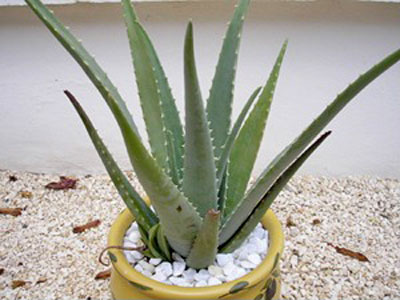
Aloe vera was proven to be a lot
more effective at the elimination of formaldehyde at lesser
concentrations when compared with Philodendrons.
Aloe vera is likewise famous as
being a healing plant acknowledged for it’s therapeutic
qualities, giving it the majority of its nicknames.
12. Spider Plants
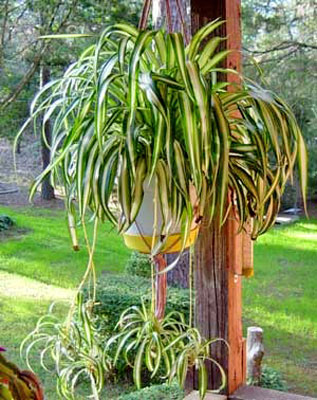
The spider plant was used by Dr
Wolverton in his 1985 study that examined the plants removal
of carbon monoxide and nitrogen dioxide.
In a room with many spider
plants the amount of carbon monoxide and nitrogen dioxide
dropped to near zero after only 24 hours.
Source
13. Chrysanthemum
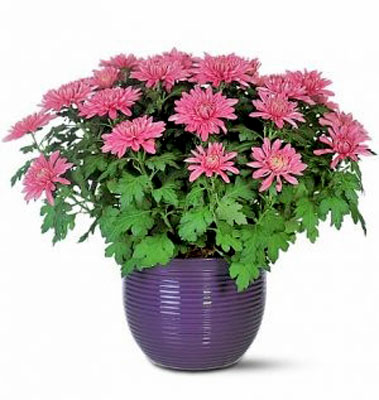
This particularly attractive
house plant was shown to be effective at removing the VOC
compound -
benzene which has been
known to cause cancer.
Many tobacco products contain
high levels of benzene so
it would be helpful to have one of these plants in a smoking
household. However no house plant can ever negate the
effects of tobacco smoke.
Remember to be careful with Chrysanthemum as it is poisonous
when ingested or with prolonged skin exposure.
14. Heart leaf philodendron
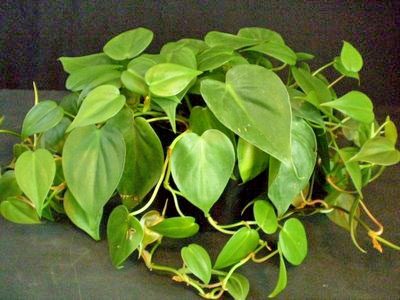
The NASA study showed that the
Philodendron house plant was one of the best house plant for
elimination formaldehyde from the surrounding air,
especially when working with higher concentrations.
15. Snake Plants or Mother of Law
Tongue
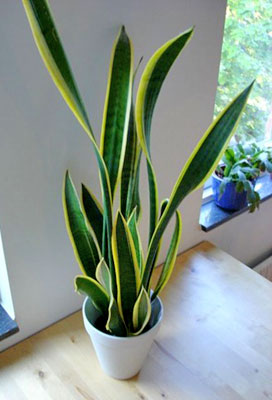
Snake house plants - these types
of plants tend to be incredible growers and also extremely
tough.
They’re excellent at eliminating
the majority of toxins plus they are quite happy to grow in
areas where other plants may decline and perish (say for
example a hot window ledge).
Also, they are great bathroom
and darker area plants.